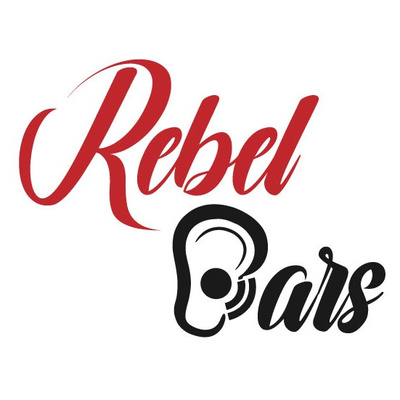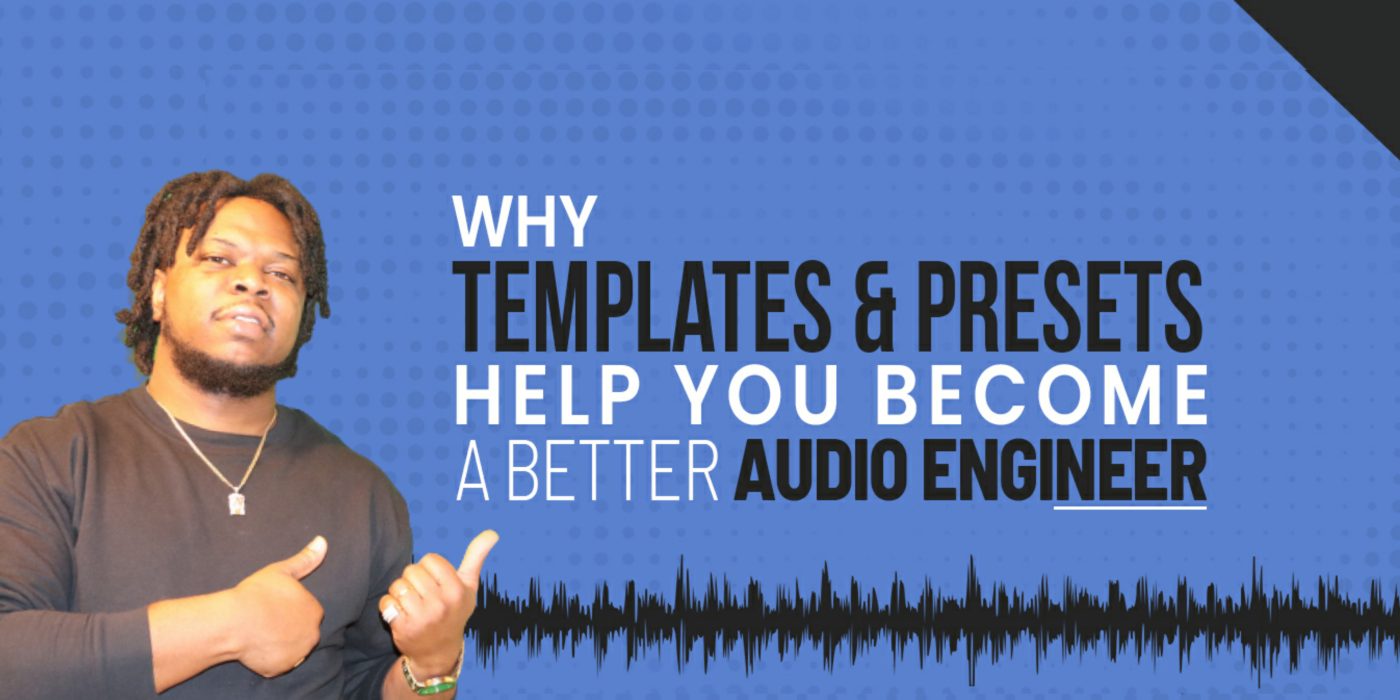Blog
Why Templates and Presets Help You Become a Better Audio Engineer
Music production is a process that involves a variety of different musical elements and instruments being merged into one to produce a masterpiece. Some of these elements can only be imported from outside sources, and the process of importing them may pose challenges to music producers. While a good engineer/producer is expected to be a master of his art, one should note that mastery is sometimes not enough in overcoming the challenges faced by music producers during music production, but simpler and more effective solutions can make their work smoother, faster, and of better quality. Imagine a situation where you can access all the tools and instruments that you need to produce world class music simply from the click of a button. How much more beautiful sounds of music do you think would grace our speakers? Or would you say that simple music production tools are a far fetched idea? Shouldn’t music producers focus on quality work while easing up their work rate alongside?
No doubt, you have your opinions about these questions, but now is not the time to table them. Perhaps we should get down to the business of this article and then we can rally round to your thoughts afterwards.
Digital Audio Workstations (DAWs) are one of these simple devices and some features they have that many music producers relish are presets and templates. This article will explain presets and templates and the importance of both in a music production process. It will also explain their differences, the ease or convenience of having presets and templates, how to create presets and templates, and how to save presets and templates for an artist or genre of music.
What are Presets?
Presets as their name implies are settings that are built into the DAW by its manufacturer. Presets can also be found in hardware synthesizers, digital consoles or even software plugins. The purpose of presets is to provide a foundation on which further creative ideas can be built upon in production. A synthesizer for instance would have several presets programmed into it originally by its manufacturer but these presets can be modified. These modifications give room for the user to be creative and to allow them transform what they had by default to an entirely brilliant boost to take their music to a whole new level. This goes for other outboard gears and software plugins as well. Presets can be saved and this helps engineers/ producers save a lot of time, especially when they need to use their presets in the future. Once they have created the particular preset, then the user can save the settings and the “starting from scratch” stage will be prevented on the next project. Presets usually help with continuous work loads such as mixing and mastering. Many engineers will save presets inside of their plugins for a specific artist, project or sound that they desire.
What are Templates?
Generally, a template can best be explained to mean a predefined setup to speed up workflow and avoid repetitive tasks on any DAW. Templates are ready made and if you think of them like you would a plug and play system, then you wouldn’t be wrong. Templates are educational tools and from using templates, an engineer/producer can get better at their craft because templates will reveal the latest industry standard techniques and teach them to recreate effects, and to improve the STRUCTURE of their projects. The structure of a session is very important to work flow so having those templates saves you plenty of constructive time.
Templates can be collected in the form of digital downloads. They are adaptable and can work with the features and functions that are embedded in any DAW. Such features include instrument, effect, plugins and preset. Templates are similar to presets because they are both pre-programmed tools to aid creativity in the music production process, but templates require a lot more details. One of my favorite things about templates is the ability to pre-organize and pre-route internally with the DAW, again it will save you a lot of time.
In music production, presets can vary across genres and according to project preferences. There are presets available for genres such as Pop, R&B, Hip-Hop, Jazz while the project mode comprises presets that could cut across mixing, production, or mastering. For instance, when producing rock music, once the rock music template is selected for the production, the DAW would generate a template which will include probably two guitars, a synthesizer and a drum kit with the project tempo set to a moderately fast pulse. This is going to be in place for a rock preset, it can then be adjusted or modified to soothe the user’s preferences. All of these are originally a part of the template selected.
Templates can be further divided into two categories or types which are: General DAW Template and Specific DAW project Template.
-General DAW Template
General DAW templates are templates that have not been developed to function as a template for a specific genre of music. The general DAW template can carry all of your instrument libraries including the string, woodwind, and brass libraries under one template.
-Project-specific DAW template
Project-Specific DAW are templates that are designed to suit a one-time project which can consist of a series of songs as a unit. A Project-specific DAW template will include anything needed to make a project file. And this will include the I/O, instruments, effect and other things needed to complete a project. The template is prepared with the entire project in mind and not to achieve specific results for each song differently. A Project-Specific DAW template will include carefully selected instruments and effects, and other elements as needed to make the project come alive.
Creating a DAW Template or Custom Preset – What To Note?
What do you need to create your template or preset? What do you need to ensure is in place if you want to make your music production process easier? How can you save time with your template and presets? There are no straight cut tricks. You need to put in the work but, there are important guiding principles that you must follow.
- PLAN – They say, “he who fails to plan is planning to fail”. You need to set out by first taking inventory of what you need to achieve your end goal. What are the instruments, sounds, and effects that you need to reach your desired mix? How will you use and combine each of them? How many dedicated channels will you need to pull up and how will you route them? You have to map out a careful plan with all these details.
- START FROM SCRATCH – To save time, you may feel tempted when you see a template or preset that has the same specifics as you desire. The trick is to begin with your end goal in mind and for you to lay your blocks carefully. Each change that you introduce to the blank template or preset will help you understand the pitfalls that you need to avoid, and the successes that you need to build on.
- BEGIN WITH THE SIMPLE – At the start, you have to take things easy. Of course, what you have in mind may be grandiose, but just like you would build a house, you have to lay one simple block after the other until a structure will emerge.
- LABEL AND ORGANIZE CORRECTLY – Ensure to have your eyes set on everything that you need to import, export, and all of your inputs and outputs across different ranges; this includes routing of auxes and returns.
- STAY CONSISTENT – Create a pattern and workflow that you will follow as you practice each time. if you are consistent with the same workflow over time, your work will be better and you will get your results in quick turnarounds.
- USE MEMORABLE NAMES FOR YOUR TEMPLATES AND PRESETS – Don’t use numeric naming for your presets or templates as there is a high chance that you can mix things up. You should use a naming system that is consistent and you should choose one that you can remember at the flick of a thumb.
The one thing I’ve learned about creating templates and presets is understanding what you want and what you have to attain your goal. In other words, have knowledge of your equipment, DAWs, plugins and most importantly the sound that you’re looking for. If you follow this simple tip, you will get to enjoy all the benefits of using presets and templates.
Again you all, I hope you enjoyed another reading brought to you by Rebel Ears. It is always a pleasure to have you stop by. Thank you for your support!
For more blogs, podcasts and other tips please visit rebelears.com and don’t forget to check out our free downloads and products for purchase. Thank you,
Until next time… REFUSE TO SOUND ORDINARY!

